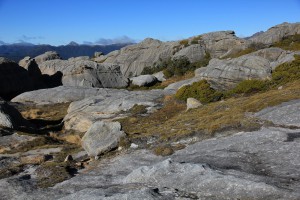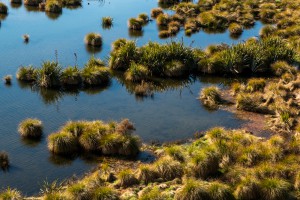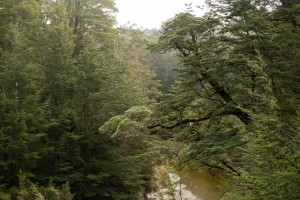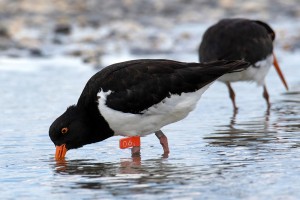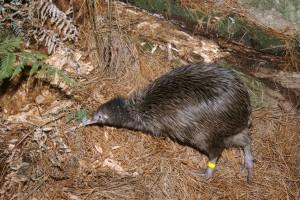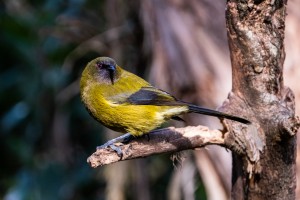Species & ecosystem conservation
Our work in species and ecosystems conservation seeks to understand how ecosystems function and how to manage them sustainably. Key stakeholders in our research are DOC, Māori, MPI, DairyNZ, MfE and Regional Councils.
We use quantitative tools to understand a diverse range of ecosystems including pastures, shingle beaches and forests including ancient stands reconstructed from their pollen records.
We use a range of techniques including micrometeorological, physiological, plot-based measurements and molecular and chemical analyses to enhance our understanding of the processes behind ecosystem function. We also use mechanistic, spatial and statistical modelling across broad geographic areas and timescales relevant to our diverse stakeholders.
Much of our work is carried out at field study sites on farms, islands, public conservation lands and privately- or iwi-owned shrublands and forests. We also conduct research on seabirds in Antarctica.
We run a number of specialised laboratories including two molecular labs, chemical labs for physiological and palaeoecological work, a micrometeorological lab with state-of-the-art growth chambers, and a soil ecology lab.
We also curate the National Vegetation Survey databank (NVS) which contains vegetation records from c. 100,000 vegetation survey plots.
